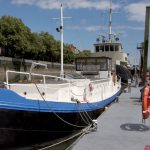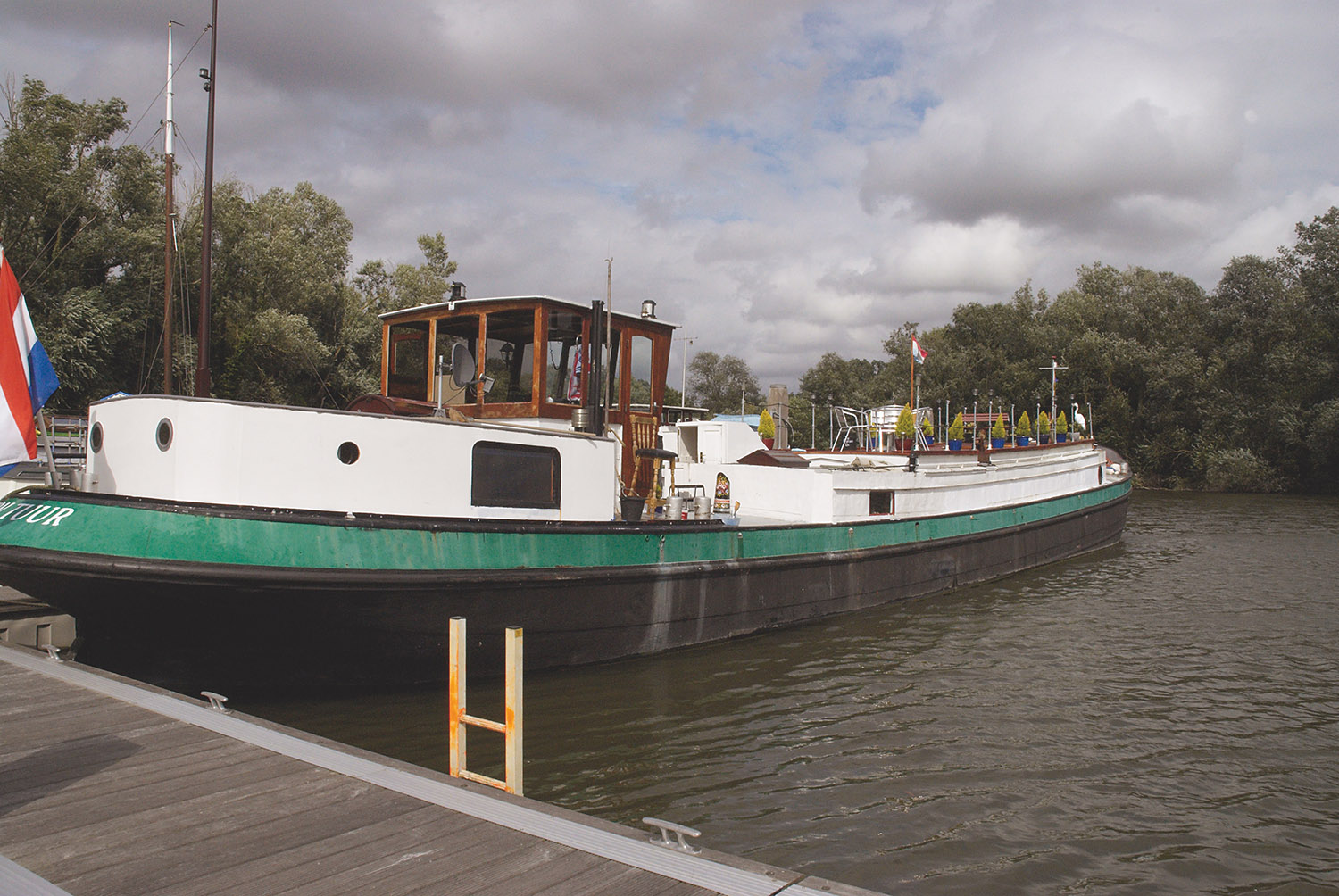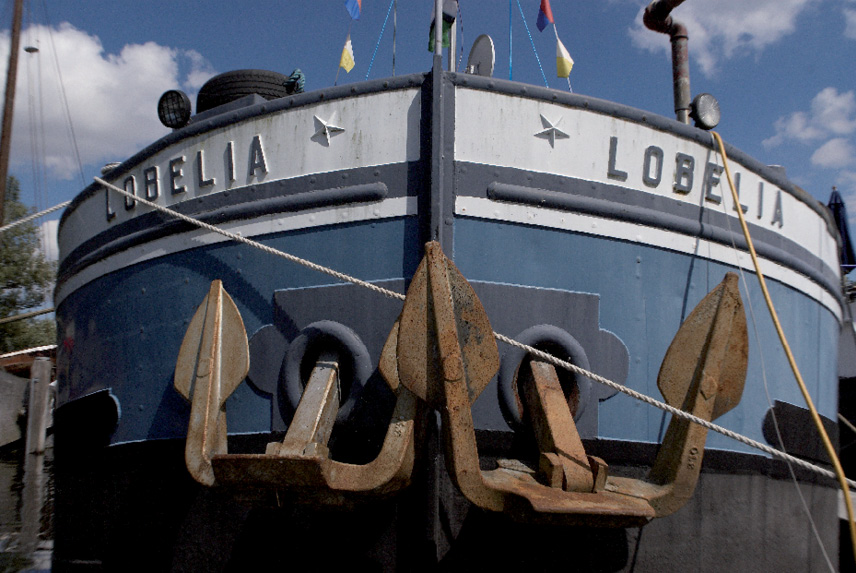
De Jelte
The beginning of a life afloat for Stefan and Julie stemmed from a love of water and the outdoors. They spent two years living on a narrowboat on the UK canals and enjoyed the simplicity of the lifestyle. Their interest in boats and boating progressed to the purchase of a larger ship, a 69ft (21m) long 1910 Dutch Beurtschip, and further progressed to a love of traditional sailing ships and the purchase of their current home, an 85ft (26m) long sailing ship called De Jelte . She is a traditional Dutch design known as a Klipper. They bought De Jelte in 1998 – the previous owners had completed a lot of the difficult aspects of restoring an old ship, including replacing all of the old steel on the bottom of the hull, installing a better engine, lining the interior and installing water and heating systems, but she had no sailing gear. From 1998-2001 Stefan and Julie worked to restore her back to sail and complete the conversion of the interior. The process involved the help of many friends and an enthusiastic boatyard owner – J Tims & Sons on the Thames in London, where De Jelte is currently moored. This involved many trips to the Netherlands, long hours in the workshop and the help of some heavy lifting equipment. August 2001 was the first time De Jelte had sailed in 70 years. Julie says: ‘The transformation of the ship has brought her alive and when at sail the elegance and beauty of the ship is emphasised. We are now the proud owners of a traditional sailing Klipper and are continuing to restore her. Our plans for De Jelte include sailing in the Netherlands and the Baltic, and who knows what the future will bring.’ Since they have owned her Stefan and Julie have been able to trace some of her history. From conversations with the previous owners, Han and Wilma Boekwijt, they tracked down the family Engelaar who had worked and cared for the ship between 1910 and 1963. During this period she was converted from sail to motor to keep up with modernisation. In 1963 she was sold into private ownership to Knil Aareans
who used her as a houseboat for a few years in Deest, the Netherlands. After that her history is uncertain before the Boekwijts began to restore her. The Klipper hull shape developed during the nineteenth century when the canals and rivers formed the backbone of the Netherlands’ inland transport system. Iron-hulled river Klippers were modelled on the sea-going clippers in the tea trade. Most ships like De Jelte carried commercial cargo until after the war and were generally owned by individual skippers. Industrialisation and modernisation in shipping meant that sails were replaced by engines, and larger faster vessels replaced the smaller ships, or the smaller ones were lengthened. Many of the traditional ships were sold for scrap or survived as empty hulls or houseboats. The restoration of these ships by enthusiasts has been growing since the 1970s.
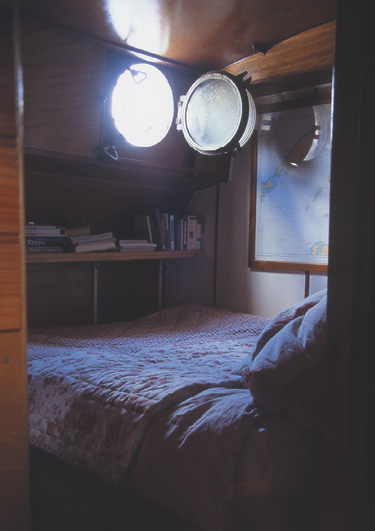

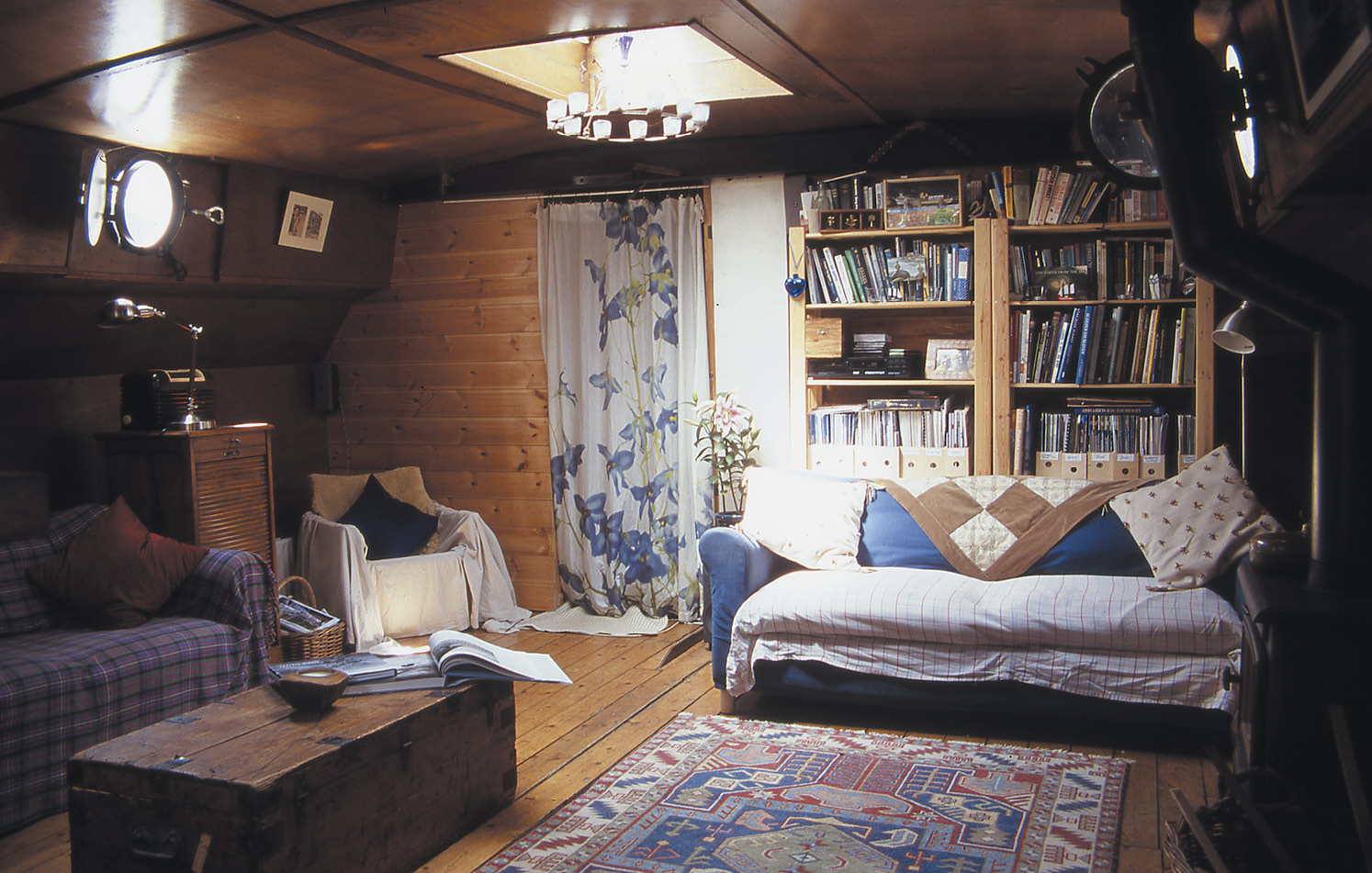
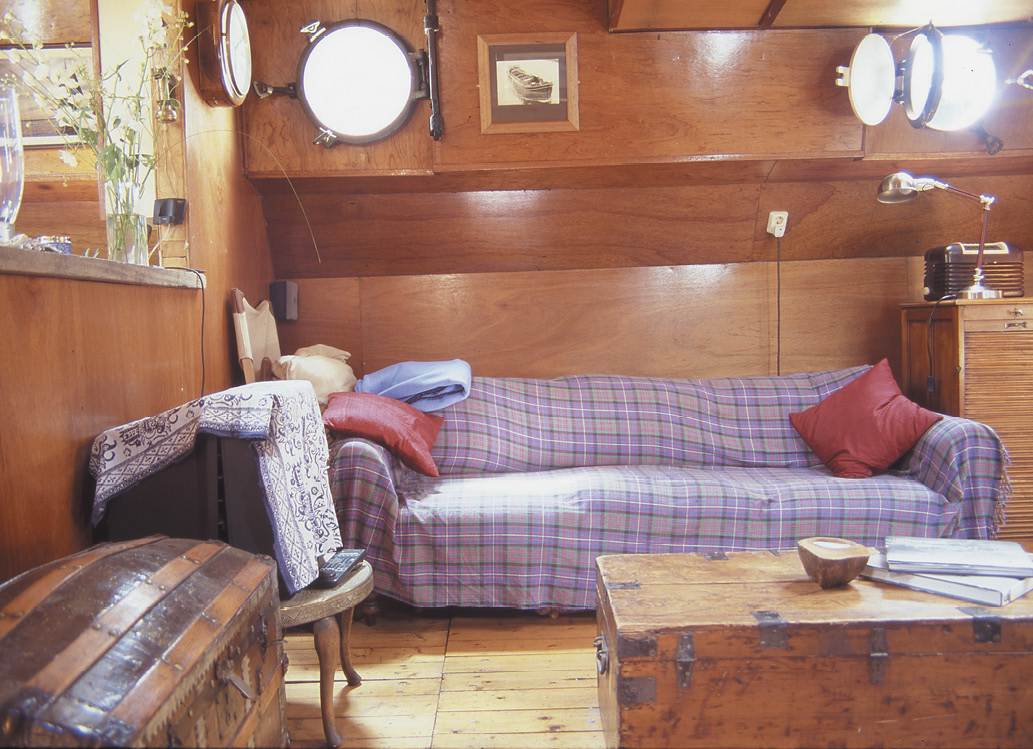



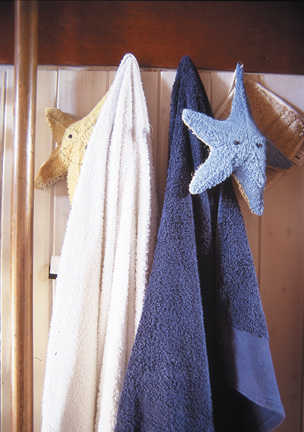

Sorry, the comment form is closed at this time.


